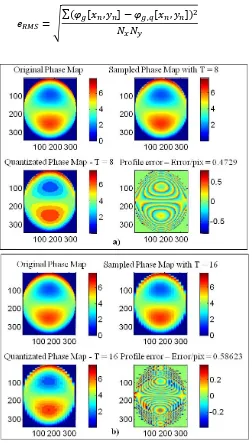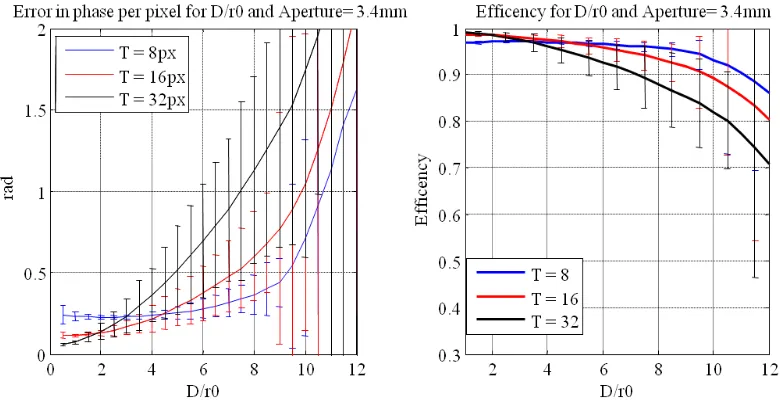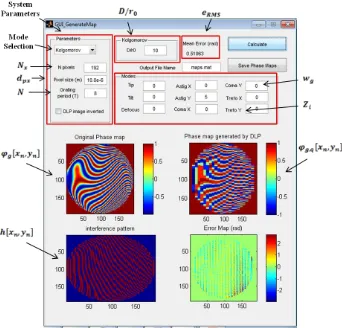Atmospheric compensation experiments on free-space optical coherent communication systems
Texto completo
Figure




Documento similar
Continuing this line of thought, in this paper we have obtained the entanglement entropy for the half-space of a free scalar the- ory in a Gaussian cMERA tensor network as a function
Figure 6.7 – Quantum bit error rate (left-hand axis), background rate and secure key rate R net (right-hand axis) measured the 31 st of July 2012 for a 300 meter optical link at
Using DSP techniques, a digital coherent receiver is designed that is able to compensate two traditional impairments of optical communication: chromatic dispersion and
The following figures show the evolution along more than half a solar cycle of the AR faculae and network contrast dependence on both µ and the measured magnetic signal, B/µ,
[25] Baudoz, P., Mazoyer, J., Mas, M., Galicher, R., and Rousset, G., “Dark hole and planet detection: labora- tory results using the self-coherent camera,” in [Society of
In this work we use optical imaging and integral field spec- troscopy (IFS) to study the impact of the minor merger on the star formation properties of the individual galaxies of
Expanding our earlier work, we compared two approaches for implementation of adaptive navigation support in e-learning systems (a dedicated interface and an
In fact, a proper choice of an infinite-dimensional basis of the classical Poisson algebra on the phase space of a linear system (the free particle or the harmonic oscil- lator) and





